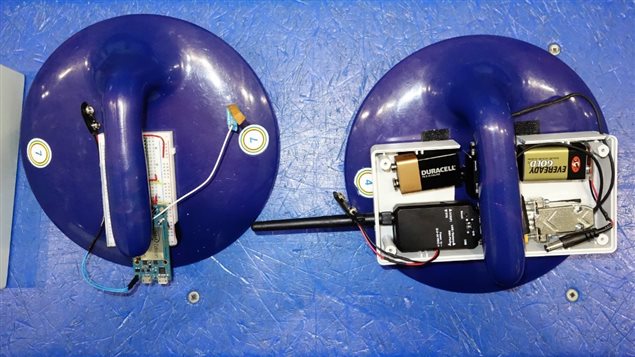

Tony Qi
Curling - Electric Force & Energy
Introduction:
Curling stones are never charged with large charges on purpose because it’s dumb, but since I’m dumb too, let’s imagine a world where they do, and see some of the fun things that can happen (maybe there is a world where instead of pushing the rocks they use charges to make them move, I’d honestly rather live in that world).
Background Information:
Coulomb’s Law Constant: a constant of in electric forces and energy, this constant depends on the medium the charged object in, it is referred to as k, in the case of air the value is:

Electric Force: A force that exists between any two objects that have charges, the force depends on the strength of the charge and the distance between the two objects, it can be calculated using:

Electric Potential Energy: The energy that is needed to move an object against an electric field. The amount of energy increases with the increase of charges of the objects and decreases with an increase in distance between them. Can be calculated using:

Friction: There will always be friction between two surfaces unless they are perfectly smooth, which doesn’t exist in the real world, it can either be static friction that adds a bottom limit to the amount of force needed to move an object or in our case, a force that always acts against the direction of the object, and both are calculated by taking the coefficient of friction and multiplying it by the normal force the object experiences.

Change in Electric Potential Energy: An object’s change in electric potential energy will be the direct opposite of the amount of work done because the moving it does reduces the amount of energy it needs to cover the rest of the distance.

Work Done by Electric Forces: Work is Usually calculated by multiplying force with distance travelled, but in this case, we can substitute the Force with Electric Forces and get the following equations:

Electric Field: The electric field is the electric force per unit of charge and can be found with the following equation.

Question 3a): Two rocks each with the charge of -70C are placed with 30cm between them, are they going to move? The coefficient of static friction between the very messy ice and the rocks is 0.8.
Steps to Solve:
1, if the rocks were to move, the electric force has to be greater than the Static Friction

2, rearrange to get the required charge for the rocks to start moving and see if we have enough charge

3, Therefore, we have more charge than we need to start moving the rocks, and the rocks will start travelling in opposite directions.
Question 3b) There are two other rocks with the charge of -70C in a line within 7m between them, a third rock with the charge +10C is placed perpendicular to one of the negatively charged rocks also separated by 7m, demonstrated by the diagram below, what is the total electric potential energy of the system.
Steps to Solve:
1, Find the distance between all of the rocks

2, The total electric potential energy of the system will be all of the connections combined.

3, Rearrange and plug in the numbers to find the total electric potential energy of the system.

4, Therefore, The total electric potential energy of the system is 4.75x10^12 J
Question 3c) A rock with a charge of 1.5C moves 0.4m across the ice, its initial and final position has an electrical potential energy difference of 20J, it experiences a constant electric force created by the electric field of another rock system, what is the magnitude of that electric field.
Steps to solve:
1, Rearrange the Work and change in electric potential energy equations.

2, Solve for the electric force

3, Use the electric force and charge to solve for the magnitude of the electric field.

4, Therefore, the magnitude of the electric field will be 33.33N
Additional Question for the Reader:
What will the electric field lines look like for the situation shown in Part A for the question?
Tony Qi
Tony is a student that is interested in Engineering and Curling.